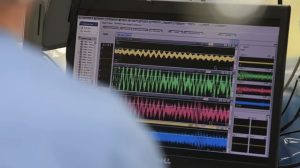The longer one lives the more likely they are to develop a cognitive disease or problems with decision-making etc. Parkinson’s Disease often starts off as a motor function disorder. To mark the 200th anniversary of the discovery of Parkinson’s, researchers are looking for ways to stop the disease from spreading. Researchers have now identified six areas of the human brain where the Parkinson’s Disease pathology is most likely to occur.
When a person develops Parkinson’s Disease, the neurons in the brain begin to die. Unfortunately, the symptoms of Parkinson’s Disease are only visible once a person has lost up to 80% of neurons in the brain. The amount of damage that has occurred by the time the symptoms are noticed makes it impossible to treat, other than providing medication in an attempt to slow down the degeneration of neurons. Parkinson’s Disease also brings about a number of secondary symptoms such as depression and a decline in cognitive functions. That’s because the disease is able to infect multiple neural pathways in the brain. In both Parkinson’s Disease and Alzheimer’s Disease, it can take up to ten years for the symptoms to become noticeable.
Scientists are looking to make use of that long window as an opportunity to possibly treat the condition of Parkinson’s Disease, and possibly stop the disease from growing. Researchers have made it possible to analyze the whole protein signature for all of the proteins that’s present in the blood and also in the cerebral spinal fluid, which is where an early detection system could be used. Researchers are looking into different protein signatures that could be present in the blood of patients with Parkinson’s Disease, which would differ from healthy patients. The research has led the scientists to identify the basal ganglia and the substantia nigra along with other areas of the brain that is affected by the disease.




